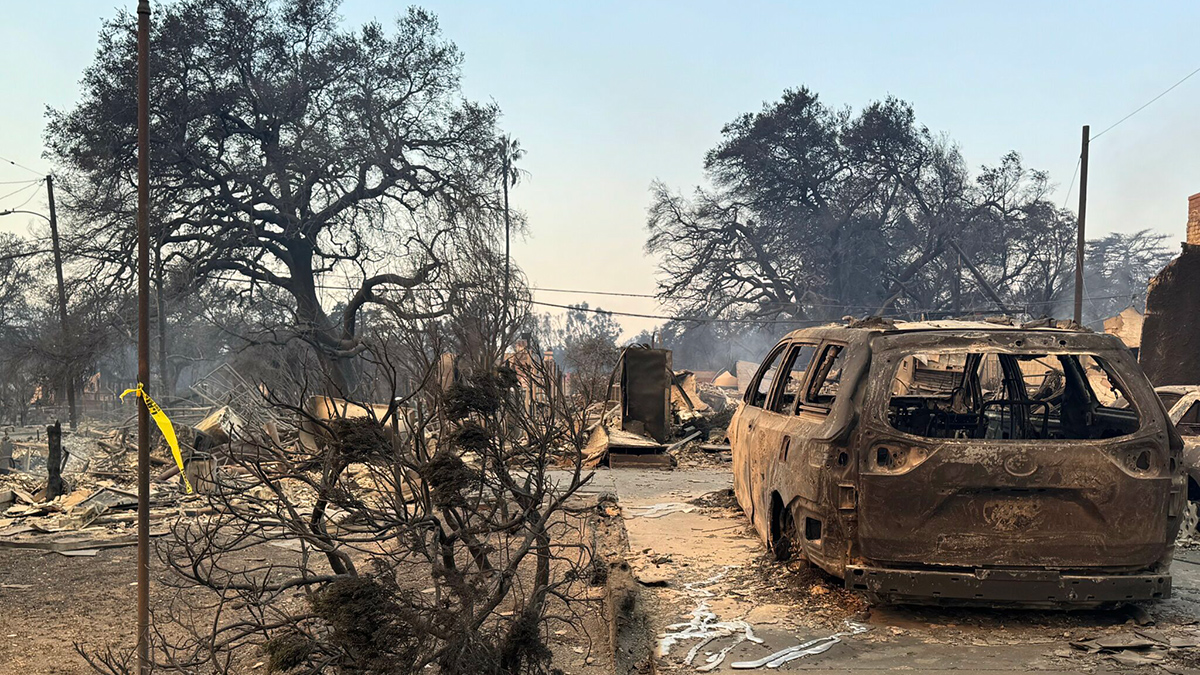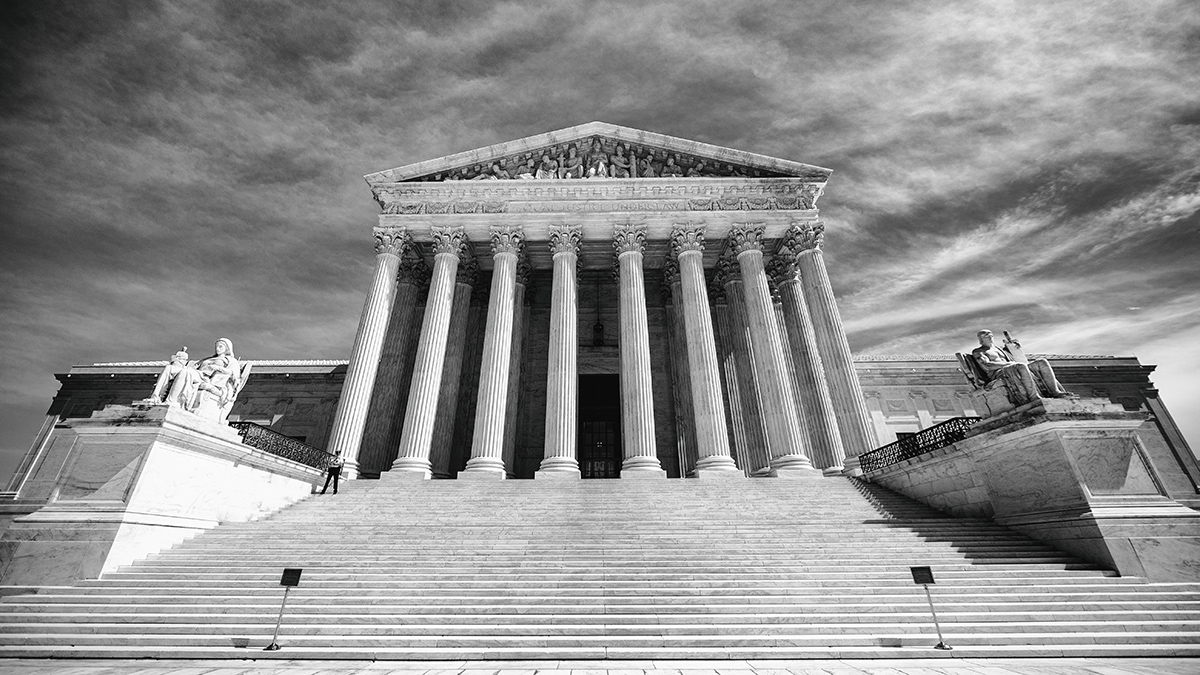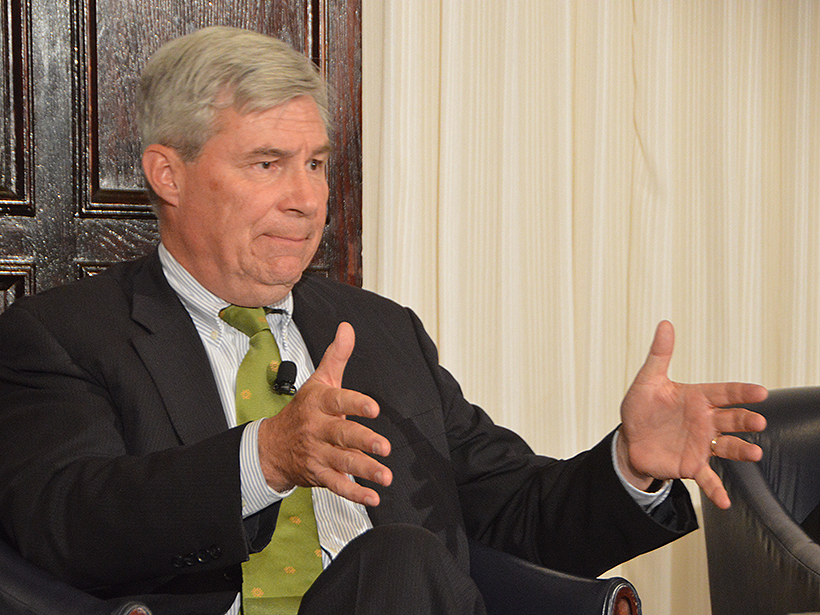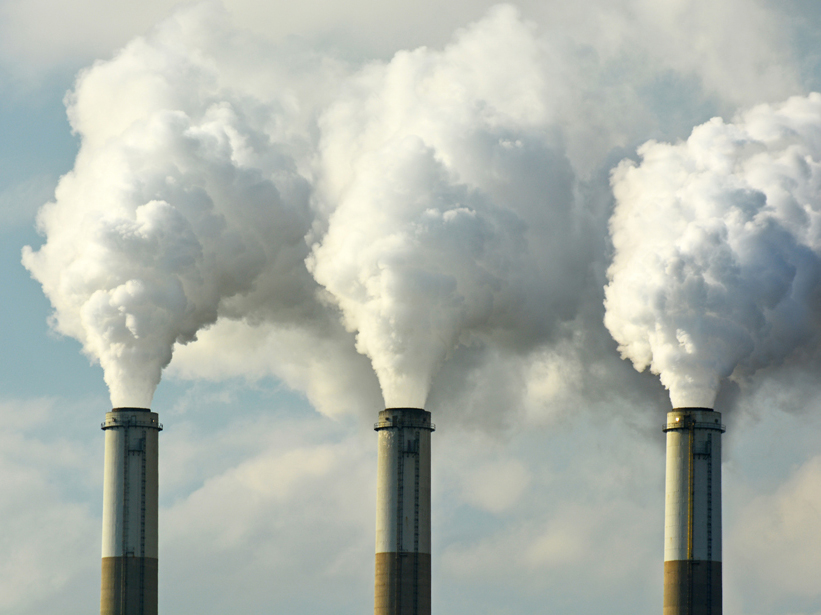A scientist-authored brief played a role in the 2009 determination that greenhouse gases endanger public health. With the finding now up for reconsideration, the same scientists revisit their opinion.
Supreme Court
EPA Moves to Rewrite Water Rules Following Sackett Decision
EPA administrator Lee Zeldin announced today that the agency would kick off a review of EPA rules and redefine “waters of the United States” to ensure that the agency aligns with the 2023 Supreme Court decision Sackett v. Environmental Protection Agency (EPA), which limited the implementation of the Clean Water Act.
More Than Half of Contiguous U.S. River Water Comes from Ephemeral Streams
The finding has potential implications for water regulations, which don’t currently cover these seasonal streams.
The Supreme Court Is Bypassing Science—We Can’t Ignore It
The court’s exclusion of scientists from the environmental rulemaking process comes full circle as the EPA strips federal protections for wetlands.
New Clean Water Act Rule Leaves U.S. Waters Vulnerable
A revised definition of which waters can be protected from pollution by the federal government ignores established science.
Clean Water Act in the Balance?
An important Supreme Court case could have major ramifications on the interpretation of the Clean Water Act and environmental protection.
Lawsuit Challenges Trump Administration’s Emissions Rollbacks
The suit argues that the administration is failing to curb carbon dioxide emissions as required under the Clean Air Act.
Senator Urges Ending Dark Money’s Stifling of Climate Action
Sen. Sheldon Whitehouse says that dark money funding from the fossil fuel industry and others “has polluted our politics.” Dark money and climate denial “are two sides of the same coin,” he says.
Congressman Renews Call for EPA Administrator to Resign
In an interview with Eos, Rep. Don Beyer, the second-highest-ranking Democrat on the House Science Committee, details why he calls Pruitt “an embarrassment” to the Trump administration.
Court Delay on U.S. Climate Plan Won't Stop Clean Energy Efforts
While many states wait for judicial clarity, analysts predict that the move toward clean energy and emissions reductions will continue.










